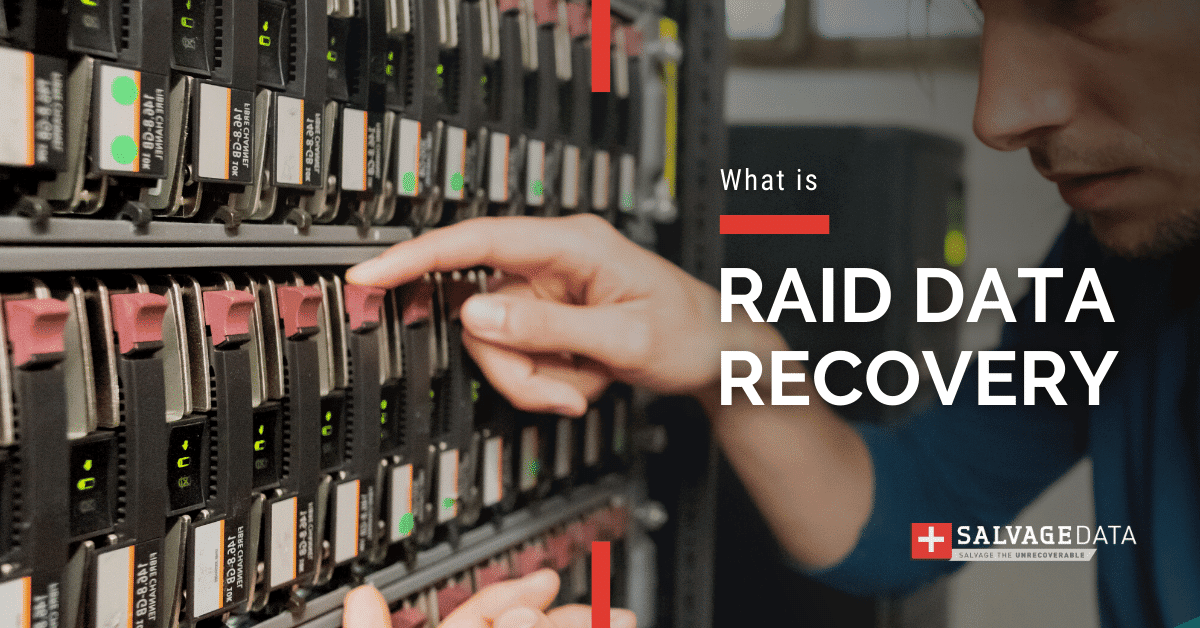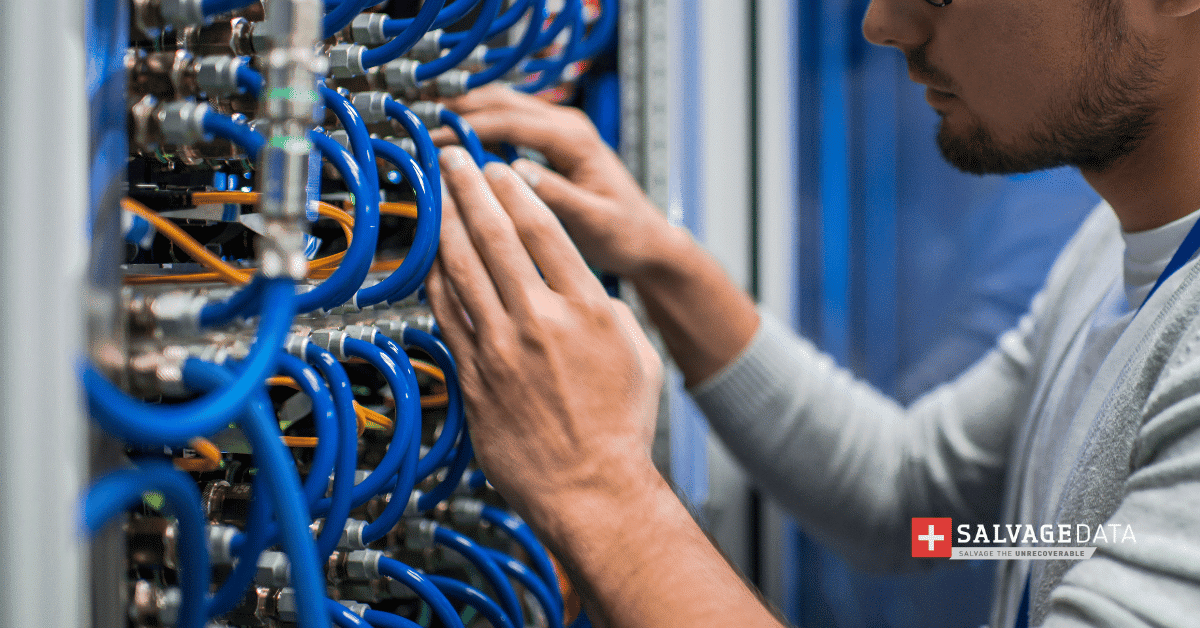Recent Articles
How To Recover Overwritten Files
The Snowflake Data Breach: A Comprehensive Overview
Mac Not Recognizing External Hard Drive: Quick Fix Solutions
How Multi-Cloud Backup Solutions Can Prevent Data Disasters
Capibara Ransomware: What is it & How to Remove
What Should a Company Do After a Data Breach: The Ticketmaster Incident
Secles Ransomware: Removal Guide
What To Do When Your Chromebook Freezes
How to Create Hyper-V Backup
What Is The Best Data Recovery Software For PC

I think there's an issue with my storage device, but I'm not sure Start a free evaluation →
I need help getting my data back right now Call now (800) 972-3282
The redundant array of independent disks (RAID) is a data storage technology that uses several disks. If one disk fails, the entire sequence can be damaged, meaning you need to provide a solution immediately. Yet, they are still a very secure and reliable choice, because of their efficiency and durability.
The RAID 10 (also known as RAID 1+0) is a type of RAID configuration that combines disk mirroring (RAID 1) with disk striping (RAID 0).
In other words, it replicates the data and divides it into blocks, spreading the blocks across the disks. This process is to guarantee advanced data security.
Top Summary: RAID 10 offers data security and smooth data recovery. Businesses with highly sensitive data that need speedy write and read processing can find RAID 10 as their best data storage choice.
What is RAID 10?
The idea of a RAID 10 is to have data striped across two sets, with each set containing one disk from either mirror pair. This way, if anything happens in any single mirrored volume, then it’s still possible for you to get back your information due to there being parity among both strips. However, should something happen where both sides are lost, the damage is irreversible.
Learn more about RAID 10 data recovery.
The difference between a RAID 10 and other types of RAID is that the two-number construction (0+1) merging provides more functionality. Other configurations include 50x5inch mirroring, 030003 arrangement with 3 disks storing data onto corresponding drives simultaneously; 10010hum dual disk setup where each drive becomes part of an individual array called “RAIDZ” for enhanced performance when accessing sectors within different regions on both sides—this allows programs to read from anywhere without having issues finding good information because they know there will always be some.
Summary: In short words, RAID 10 is a data storage device that uses a minimum of four mirroring disks that also divide the data blocks, combining both RAID 1 and 0. It keeps the data safer than other devices, but also requires more attention for failure prevention.
Why use RAID 10?
The reason for using RAID 10 in place of other data storage and backup technology is that it can protect against single drive failures. If you have an operating system corruption, then both disks are at risk of corrupting too.
This technology also provides your data with more protection, both against failure and attacks.
But, even being one of the best technologies available, it still requires a safe place for backup and an emergency data recovery plan.
Advantages
#1. Mirroring for data protection. The exact copy of your data is on both disks. When you fail, you can recover the data using its pair.
#2. Redundancy. RAID 10 data is in full redundancy.
#3. Data recovery. Recover the RAID 10 data has a faster process.
Drawbacks
#1. Cost. RAID 10 costs more than other data storage devices, making it less accessible.
#2. Real storage capacity. RAID 10 only has half of its storage capacity usable because it mirrors the data among two disks.
#3. Data loss risk. If only one mirrored disk fails, you still can recover your data. If both mirrored disks fail, however, you lose the information on it.
Is RAID 10 for you?
This storage option offers high levels of data reliability and availability. It’s the best option for I/O-intensive purposes, including web servers, databases, and email processing performances that require frequent disk accesses; All while maintaining low latency response times with minimal downtime needed overall.
RAID Calculator: Learn the RAID 10 configuration requirements, redundancy, parity, and disk availability with our real-time RAID calculator and decide if this is the best configuration for your goals.
This type of storage, though, does come at a cost. Four disks minimum specification means it’s likely not affordable by most small businesses with a limited budget. We can suggest for smaller businesses and individuals check for simpler storage devices options and see which one fits better for each purpose, such as if it’s better to use on-premise or cloud storage.
Summary: Learning more about storage technologies is the only way to decide which one is the best option for you. RAID 10 does not differ from other devices, having both disadvantages and advantages. Meaning that you have to check your priorities to see if it fits your requirements.
Accidents and failure can always happen to your business and is for that why a contingency plan is a big part of your company’s budget and has its own manual. Contact one of our experts to help you with your data recovery plan or if you need any help to recover your RAID data.













